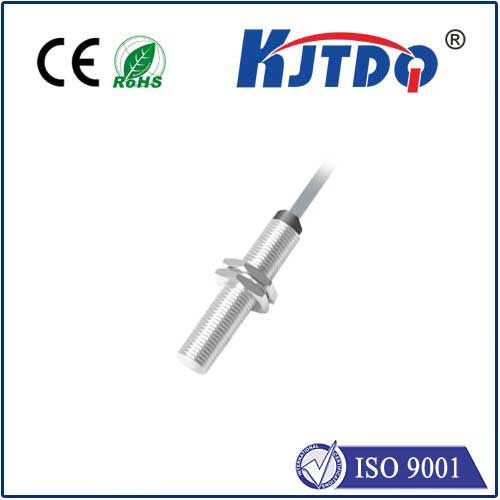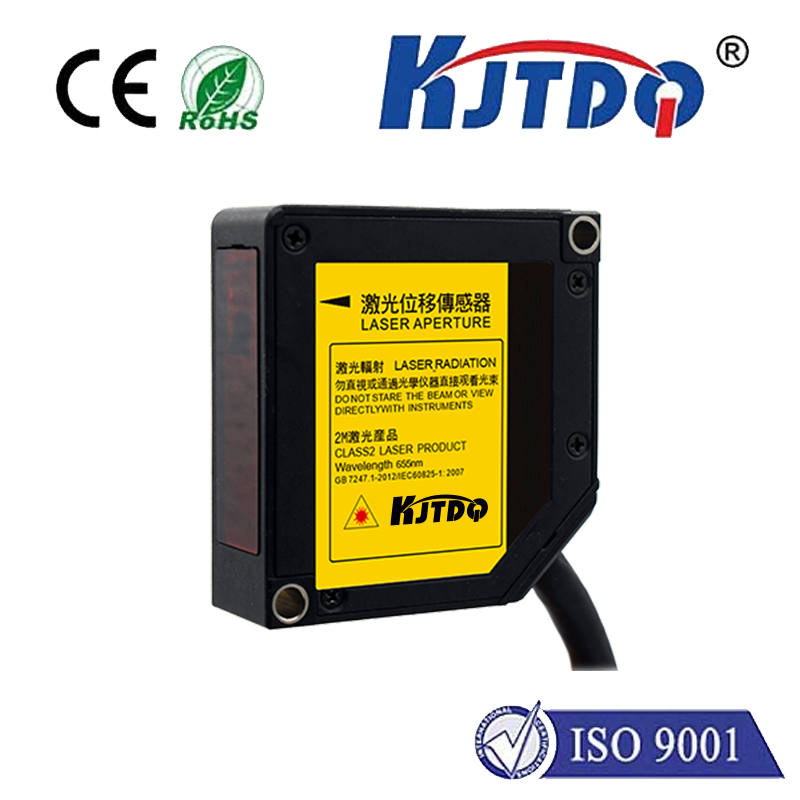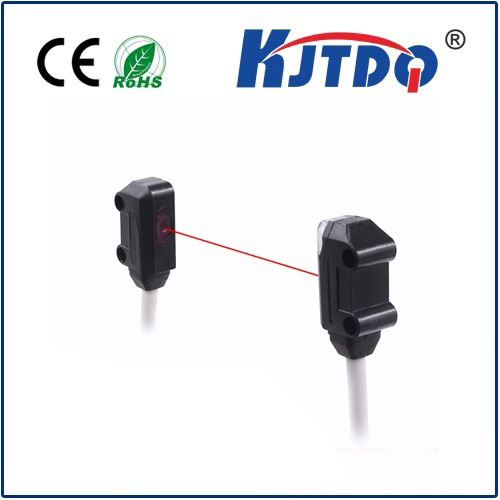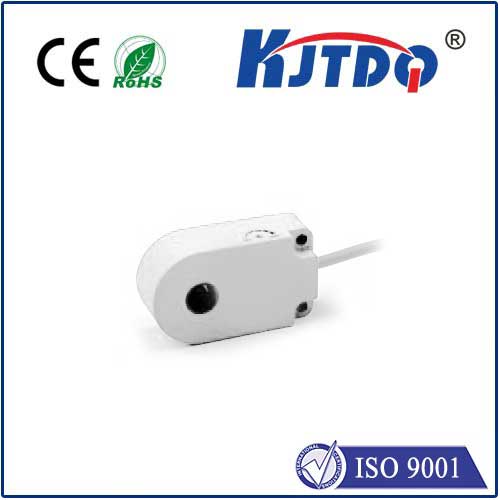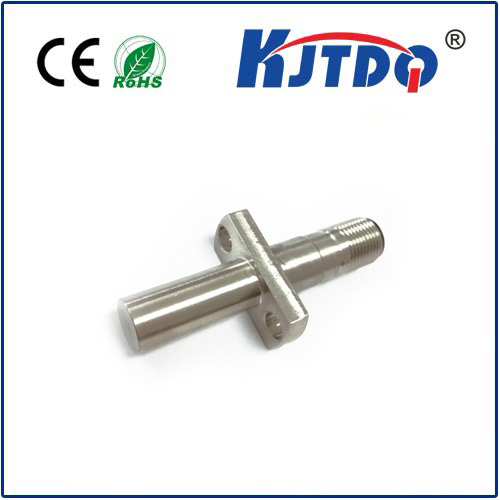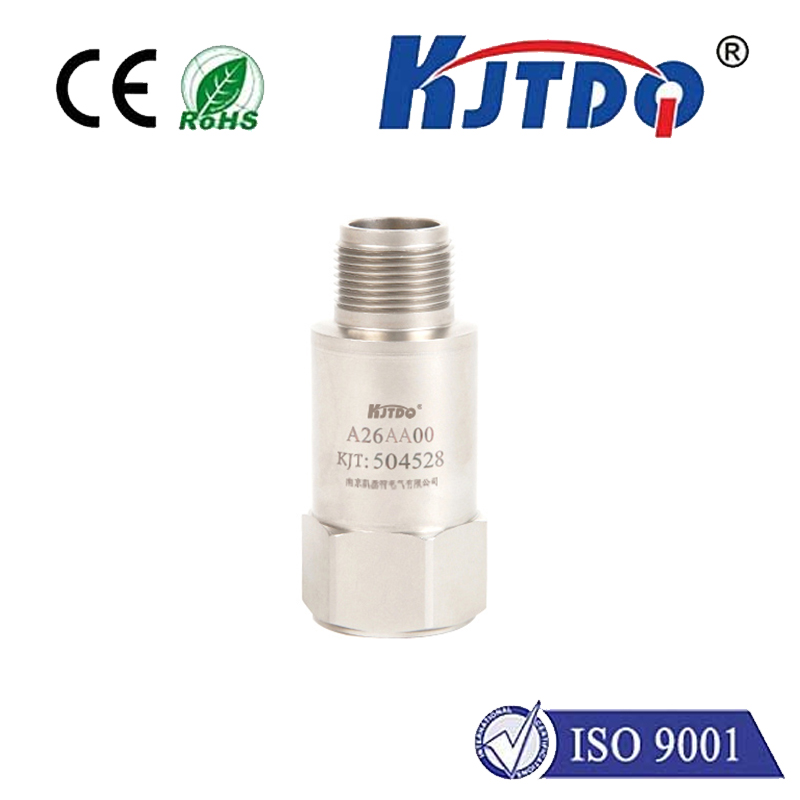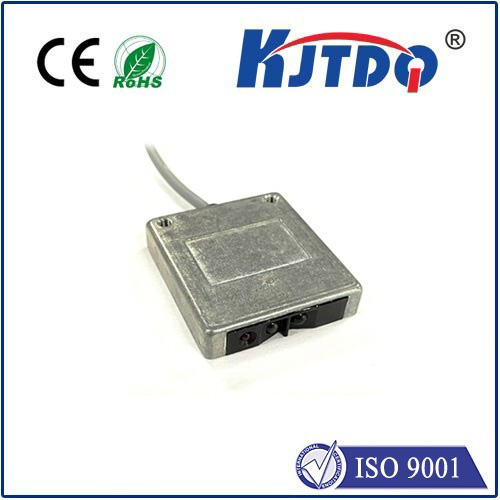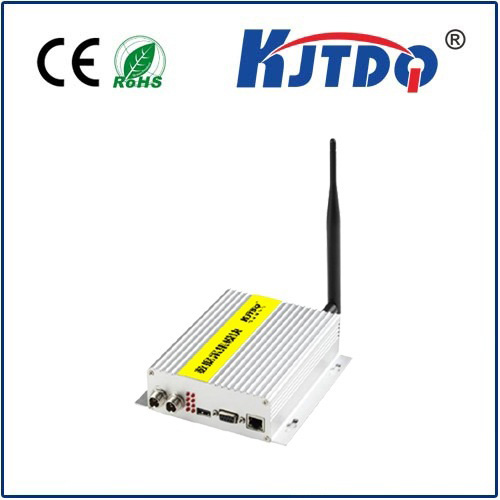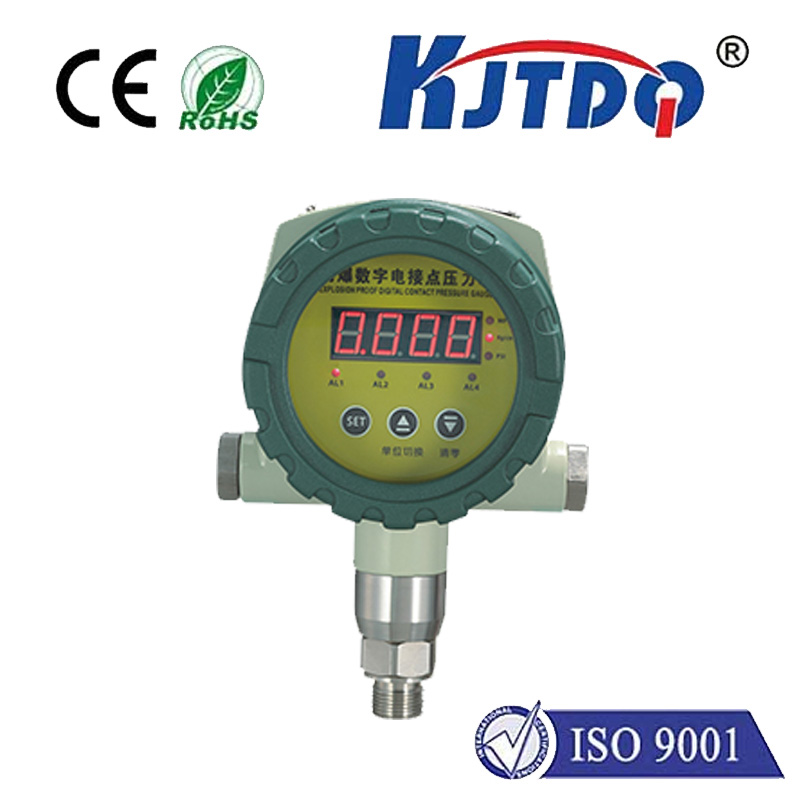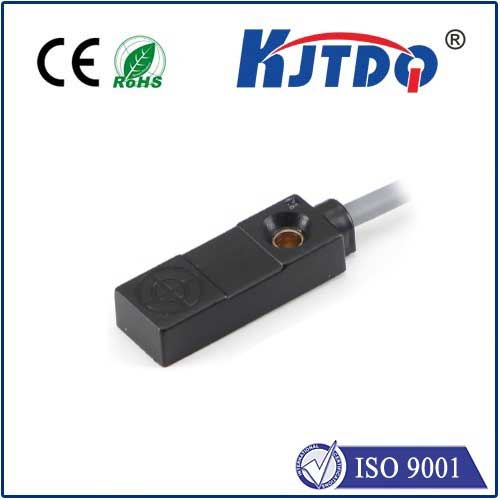
check

check

check

check
Infrared Photoelectric Sensor: Revolutionizing Modern Technology In the realm of modern technology, sensors play an integral role in enhancing the functionality and efficiency of various devices. Among these, the infrared photoelectric sensor stands out as a vital component, revolutionizing numerous applications across different industries. This article delves into the working principle, advantages, and applications of the infrared photoelectric sensor, highlighting its significance in today’s technological landscape.
An infrared photoelectric sensor is a type of electronic device that detects the presence or absence of an object by sensing the infrared radiation emitted or reflected by the object. It consists of two main components: an infrared emitter, which generates infrared light, and a photodiode, which detects the infrared light. The photodiode converts the received infrared radiation into an electrical signal, allowing the sensor to determine the presence or absence of an object based on the intensity of the detected radiation.
The working principle of an infrared photoelectric sensor revolves around the emission and detection of infrared radiation. The infrared emitter emits infrared light, which gets absorbed or reflected by the target object. The photodiode then detects the reflected or transmitted infrared radiation and converts it into an electrical signal. This signal is further processed to determine the presence or absence of an object within the sensor’s field of view. There are two types of infrared photoelectric sensors based on their detection mechanism:
Reflective Sensors: These sensors have both the infrared emitter and photodiode facing the same direction. They rely on the reflection of infrared radiation from the target object back to the photodiode. When an object interrupts the reflected beam, the photodiode receives less radiation, triggering a change in output signal.
Transmission Sensors: In these sensors, the infrared emitter and photodiode face each other, with the target object passing between them. The object either absorbs or blocks the infrared radiation, reducing the amount of radiation reaching the photodiode and causing a change in output signal.

Infrared photoelectric sensors offer several advantages over traditional sensing technologies, making them highly sought after in various applications:
Non-Contact Detection: One of the primary advantages of infrared photoelectric sensors is their ability to detect objects without physical contact. This eliminates wear and tear on both the sensor and the target object, increasing the sensor’s lifespan and reducing maintenance costs.
High Sensitivity and Accuracy: Infrared photoelectric sensors provide high sensitivity and accuracy in detecting objects, even in challenging environmental conditions such as low light levels or adverse weather conditions. Their ability to detect subtle changes in infrared radiation allows for precise measurement and control applications.
Versatility: These sensors are versatile and can be used in a wide range of applications, including industrial automation, security systems, automotive systems, and household appliances. Their compact size and ease of integration make them suitable for use in various devices and systems.
Cost-Effectiveness: Infrared photoelectric sensors are cost-effective solutions compared to other sensing technologies like ultrasonic or capacitive sensors. Their affordability makes them accessible for use in large-scale projects and mass production applications.
Infrared photoelectric sensors find applications across various industries due to their unique characteristics and benefits. Some notable applications include:
Industrial Automation: Infrared photoelectric sensors play a crucial role in industrial automation systems, where they are used for object counting, position sensing, speed measurement, and process control. Their non-contact nature makes them ideal for monitoring conveyor belts, packaging lines, and manufacturing processes.
Security Systems: These sensors are widely employed in security systems for intrusion detection, access control, and surveillance purposes. They provide reliable and accurate detection of motion and can trigger alarms or initiate security protocols when an intruder is detected.
Automotive Systems: Infrared photoelectric sensors are used in various automotive systems, including parking assistance, blind spot detection, and airbag deployment. They enable advanced driver-assistance systems (ADAS) that enhance vehicle safety and convenience.
Household Appliances: Infrared photoelectric sensors are incorporated into household appliances such as air conditioners, refrigerators, and ovens for temperature control, motion sensing, and energy saving purposes. They contribute to improved energy efficiency and user comfort in daily life.
Infrared photoelectric sensors have become indispensable tools in modern technology, revolutionizing various industries with their non-contact detection capabilities, high sensitivity, versatility, and cost-effectiveness. From industrial automation and security systems to automotive applications and household appliances, these sensors have proven their worth time and again. As technology continues to advance, we can expect further innovations in infrared photoelectric sensors, paving the way for new applications and enhancing our reliance on this remarkable technology.
